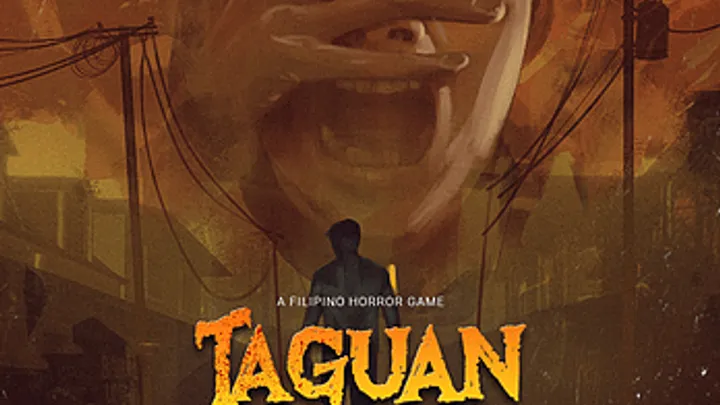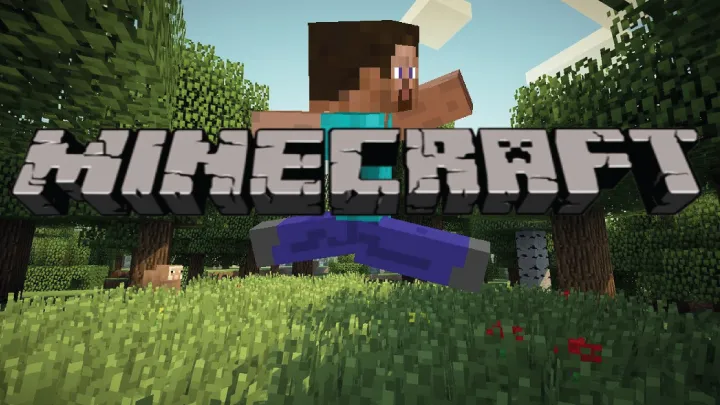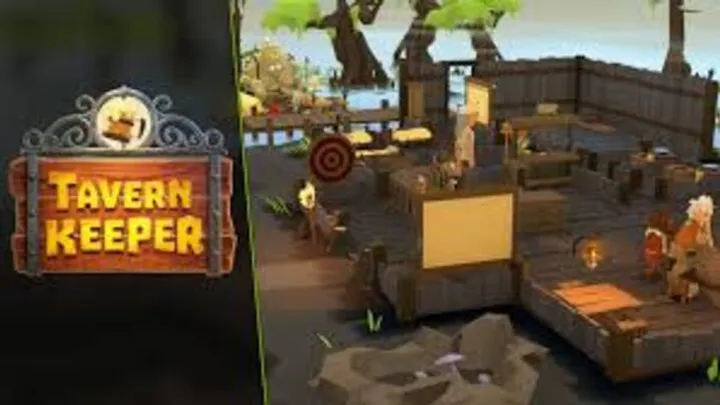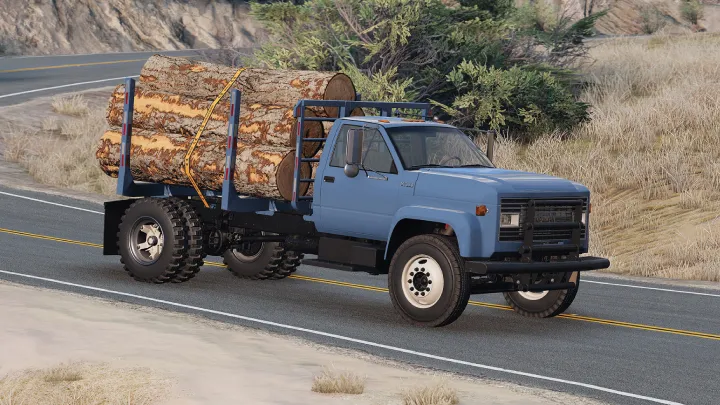The Architect's Compendium: An Expert's Guide to Mastering Minecraft Survival
Introduction: The Infinite Canvas of Possibility
Minecraft is more than just a video game; it is an infinite sandbox of creation and survival, offering an unparalleled blend of resource management, exploration, combat, and architectural design. To truly master this world, one must transition from a mere survivor to a strategic architect, utilizing the game's mechanics to build self-sustaining empires and conquer its ultimate challenges. This compendium serves as your professional blueprint, guiding you through the critical stages of a successful Survival playthrough, from the perilous "Day One" to the final confrontation with the Ender Dragon and beyond.
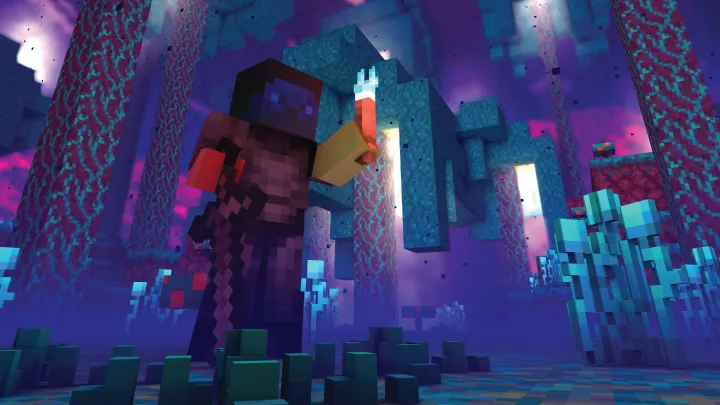
Part I: The Foundation - Strategic Day One Survival
The first day in any new Minecraft world is the most crucial, demanding ruthless efficiency and foresight. Time is a critical resource, ticking down to the moment hostile mobs emerge.
1. Initial Resource Acquisition and Tool Crafting
The immediate priority is to gather the basic materials required to craft essential survival gear.
- Wood (The Primary Resource): Immediately punch (break) down at least 15-20 blocks of wood from nearby trees. Convert these logs into Wooden Planks and then into a Crafting Table and Sticks.
- The Stone Age Transition (The Efficiency Leap): Your first tool should be a Wooden Pickaxe. Use it to mine at least 16-20 blocks of Cobblestone. The goal is to quickly upgrade to Stone Tools (Pickaxe, Axe, Sword, Shovel). Stone tools offer a significant boost in mining speed and durability, making them the minimal viable standard for long-term survival.
- Illumination and Safety: The Furnace: Crafting a Furnace with Cobblestone is mandatory. It allows for the smelting of raw materials and, crucially, the cooking of food, which is essential for regenerating the Hunger Bar (and thus, health).
2. Securing Shelter and The Bed Mechanic
Survival is defined by the ability to bypass the night.
- Temporary Shelter (The First Defense): A simple 5x5 cave dug into a hillside or a small cobblestone box is sufficient. The primary function is to keep out hostile mobs. Torches (Crafted with Coal/Charcoal and Sticks) must be placed inside to maintain a light level of 8 or higher, preventing mob spawns.
- The Bed (The Strategic Spawn Point): Find and shear/kill three Sheep for three blocks of Wool. Combine this with three Wooden Planks to craft a Bed. Using the bed sets your spawn point and, critically, allows you to skip the night, a major strategic advantage that accelerates progress and avoids unnecessary danger.
Part II: Intermediate Survival - Stabilization and Infrastructure
Once the initial danger is mitigated, the focus shifts to establishing a sustainable base of operations.
1. Food Security: The Engine of Survival
A full Hunger Bar allows for health regeneration. A stable food source is non-negotiable.
- Basic Farming: Start with a small Wheat Farm and, if available, Carrots and Potatoes. This requires tilled Farmland (using a Hoe) and a water source block within four blocks.
- Animal Husbandry: Create a fenced enclosure (Pen) for two of each passive mob (Cows, Pigs, Sheep, Chickens). Use Wheat (or their respective feed) to breed them. This provides a steady, renewable source of high-quality food (steaks, cooked mutton) and materials (leather, wool, feathers).
2. Mining and Metallurgical Advancement
The path to advanced tools and armor begins deep underground.
- Strategic Mining Depth: The most efficient method for resource gathering is Strip Mining or Branch Mining. Dig down to the lower Y-levels, typically between Y=11 and Y=-59 (depending on the game version).
- The Iron Age: Iron Ore is the next major target. Smelted Iron Ingots are required for the most crucial early-game items: Iron Armor (the first line of serious defense), Iron Tools (faster than stone), Buckets (for water/lava transport), and Shears (for non-lethal wool gathering).
- Identifying High-Value Ore: Learn the optimal mining levels for key resources:
- Coal: Abundant at most levels, vital for torches and fuel.
- Iron: Most common around Y=15 and Y=-15.
- Gold: Most common around Y=-16 (with higher frequency in the Badlands biome).
- Redstone & Lapis Lazuli: Primarily found below Y=0.
- Diamond: Extremely rare, primarily found between Y=-58 and Y=-59.
Part III: Advanced Mastery - Automation and The End-Game
True mastery lies in the ability to automate routine tasks and prepare for the ultimate boss encounters.
1. The Power of Enchanting and Anvil Mechanics
Enchanting is the single most powerful form of gear advancement.
- The Enchanting Table: Crafted with Diamonds and Obsidian, this table is the nexus of power. It requires a dedicated room surrounded by Bookshelves (up to 15) to reach Level 30 enchantments.
- Essential Weapon Enchantments: Sharpness, Looting, Sweeping Edge.
- Essential Tool Enchantments: Efficiency V, Unbreaking III, Fortune III.
- Essential Armor Enchantments: Protection IV, Unbreaking III.
- The Anvil: Used to combine enchanted books with tools/armor, rename items, and repair gear while preserving enchantments. This is essential for achieving the highest tiers of equipment longevity and power (e.g., combining two Protection III chest plates into one Protection IV chest plate).
2. Nether Exploration: Gateway to End-Game Resources
The Nether dimension is a hostile but resource-rich environment necessary for progression.
- Building the Portal: Requires at least 10 Obsidian blocks for a 4x5 frame (corners are optional) and a method to light it (Flint and Steel or a Fire Charge).
- Nether Strategy:
- Resource Goal: Obtain Blaze Rods (from Blazes in a Nether Fortress) and Ghast Tears (from Ghasts) for brewing Potions. Also, Nether Quartz for XP and Redstone components.
- Travel Efficiency: Constructing a Nether Hub and using the Nether for long-distance travel on the Overworld (1 block in the Nether equals 8 blocks in the Overworld) is a key strategic move.
- The Netherite Upgrade: After obtaining a Diamond Pickaxe and a method to protect against lava, mine at the lowest levels of the Nether (Y=15) for Ancient Debris. Smelting this yields Netherite Scraps. Netherite is the highest tier of gear, superior to Diamond, and is fire/lava-proof.
3. Redstone Automation: The Expert's Edge
Redstone components allow for the automation of repetitive tasks, saving vast amounts of time.
- Essential Redstone Contraptions:
- Automatic Farms: Piston-based sugarcane and bamboo farms, dispenser-based pumpkin/melon farms.
- Mob Farms (XP Grinders): Utilizing mob spawning mechanics (darkness/water flow) to funnel hostile mobs into a single kill zone, yielding experience and loot. A well-designed mob farm is the fastest way to level up for enchanting.
- Automatic Sorting Systems: Using Hoppers and Redstone comparators to automatically sort mined and farmed resources into dedicated chests.
Part IV: The Final Challenge and Post-Game Development
The ultimate goal of the "main story" is the defeat of the Ender Dragon.
1. Preparation for The End
- Eyes of Ender: Craft these by combining a Blaze Powder (from a Blaze Rod) with an Ender Pearl (dropped by Endermen).
- Locating the Stronghold: Throwing an Eye of Ender will guide you to the nearest Stronghold, which contains the End Portal. Be prepared for dangerous mobs inside the Stronghold.
- Battle Gear: Bring full Diamond Armor (or Netherite), an enchanted Diamond Sword, several stacks of arrows/a powerful Bow (with Power V), a Water Bucket (for emergency landing/lava neutralization), and a full stock of Golden Apples and Potions (Strength, Instant Health, Slow Falling).
2. Defeating the Ender Dragon
The battle is a two-phase engagement:
- Destroy the Crystals: The Dragon is healed by the Ender Crystals atop the obsidian pillars. Use a Bow (or strategically placed blocks/a Pickaxe for shielded crystals) to destroy them first.
- Direct Combat: Once the crystals are down, the Dragon will swoop in to attack. Strike the head or body with a Sword or Bow, utilizing critical hits (jumping) for maximum damage.
3. The End-Game: Elytra and Shulker Boxes
Defeating the Dragon grants access to the Outer End Islands.
- The End City and Elytra: Use Ender Pearls to bridge or search for End Cities. These structures house Shulkers (which drop Shulker Shells) and, most importantly, the End Ship, where the Elytra (the game's primary flight mechanism) is found.
- Shulker Boxes: Crafted from Shulker Shells, these are the single most valuable storage item in the game, allowing an entire chest's worth of inventory to be stored in a single slot. Mass production of Shulker Boxes is a core objective of the post-game.
Conclusion: From Survivor to Master
Mastering Minecraft is an ongoing pursuit. It requires not just an understanding of the crafting recipes but also a strategic approach to time management, resource allocation, and the utilization of game mechanics for efficiency. By systematically following these phases—from Day One survival to advanced automation and the conquest of The End—you will transform your playthrough from a struggle for existence into an exercise in architectural and strategic dominance. The world of Minecraft is yours to command.




